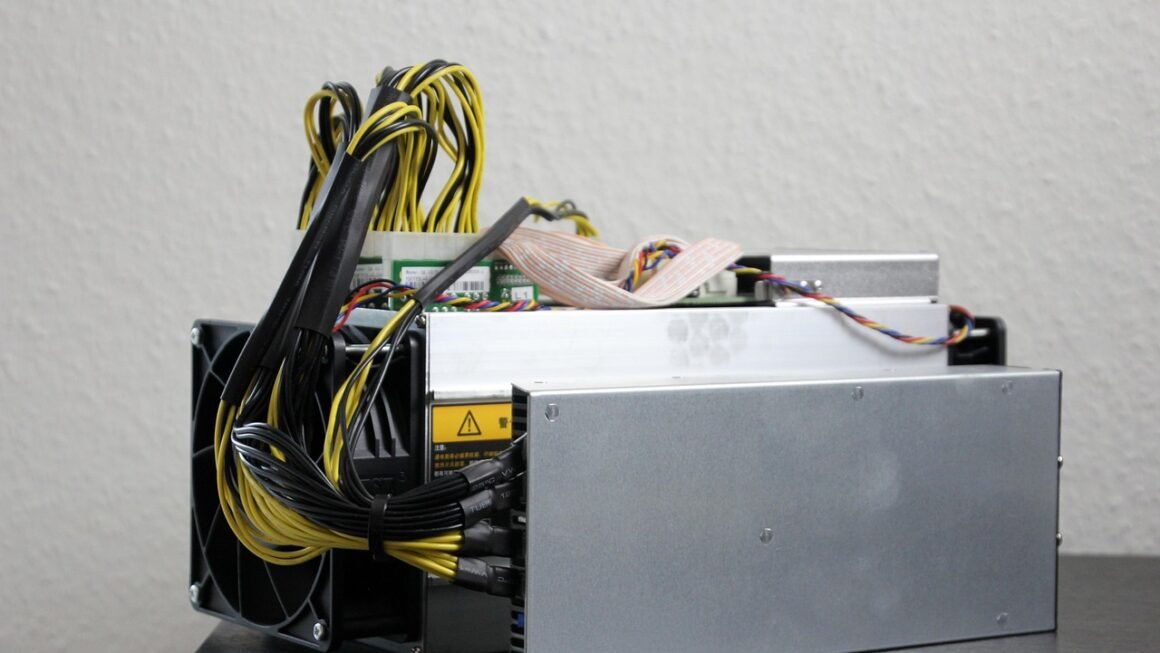Imagine a bustling city center, once vibrant and efficient, now choked with traffic. Every transaction grinds to a halt, frustrating residents and hindering commerce. This, in essence, is the crypto scalability problem – the challenge of enabling blockchain networks to handle an ever-increasing volume of transactions without sacrificing speed, security, or decentralization. Let’s delve into the complexities of crypto scalability and explore the innovative solutions being developed to unlock the full potential of blockchain technology.
The Crypto Scalability Trilemma
Understanding the Trade-offs
The crypto scalability trilemma proposes that blockchain networks face an inherent difficulty in simultaneously achieving scalability, security, and decentralization. Improving one aspect often comes at the expense of another.
- Scalability: The ability to process a large number of transactions quickly and efficiently.
- Security: Protecting the network from attacks and ensuring data integrity.
- Decentralization: Distributing control and authority across multiple participants, reducing the risk of censorship and single points of failure.
For instance, a network that prioritizes speed might sacrifice decentralization by relying on a smaller group of validators, potentially compromising security. Conversely, a highly decentralized and secure network may struggle to process transactions quickly, leading to congestion and high fees.
Why Scalability Matters
Scalability is critical for the widespread adoption of cryptocurrencies and blockchain technology. Without it, transaction times become slow and unpredictable, and fees can skyrocket, making everyday transactions impractical. Imagine trying to buy a cup of coffee with Bitcoin, only to wait 30 minutes for the transaction to confirm and pay a $10 transaction fee.
- Increased Adoption: Scalability enables more users to participate in the network, driving adoption.
- Lower Transaction Fees: Higher throughput reduces competition for block space, leading to lower fees.
- Real-World Use Cases: Scalable networks can support a wider range of applications, from micropayments to complex decentralized finance (DeFi) platforms.
Layer-1 Scaling Solutions
Changing the Blockchain’s Foundation
Layer-1 scaling solutions involve modifying the underlying architecture of the blockchain itself to improve its throughput. These changes are fundamental and often require consensus across the entire network.
- Increasing Block Size: This involves increasing the amount of data that can be included in each block. While seemingly straightforward, larger blocks can lead to slower propagation times and increased storage requirements, potentially impacting decentralization.
Example: Bitcoin Cash increased the block size to 8MB in an attempt to improve transaction throughput.
- Sharding: Dividing the blockchain into smaller, more manageable “shards,” each of which can process transactions independently. This allows for parallel processing and significantly increases throughput.
Example: Ethereum 2.0 is implementing sharding to vastly improve its scalability. Each shard operates as its own mini-blockchain, processing transactions concurrently.
- Consensus Mechanism Improvements: Switching to more efficient consensus mechanisms, such as Proof-of-Stake (PoS) or Delegated Proof-of-Stake (DPoS), can significantly reduce transaction confirmation times and energy consumption.
Example: Ethereum’s transition from Proof-of-Work (PoW) to Proof-of-Stake (PoS) through “The Merge” aimed to improve scalability and reduce energy consumption.
PoS requires validators to “stake” their crypto to validate transactions.
DPoS involves token holders voting for delegates who then validate transactions.
Layer-2 Scaling Solutions
Building on Top of the Foundation
Layer-2 scaling solutions operate on top of the existing blockchain (Layer-1) without changing its core architecture. They offload transaction processing from the main chain, reducing congestion and improving speed.
- State Channels: Allow users to conduct multiple transactions off-chain and only settle the final state on the main chain. This is suitable for scenarios involving frequent interactions between a limited number of participants.
Example: The Lightning Network on Bitcoin enables fast and cheap micropayments by opening payment channels between users.
- Rollups: Aggregate multiple transactions into a single batch and submit them to the main chain as a single transaction. This significantly reduces the load on the Layer-1 network.
Optimistic Rollups: Assume transactions are valid unless proven otherwise.
ZK-Rollups (Zero-Knowledge Rollups): Use cryptographic proofs to verify the validity of transactions without revealing the underlying data.
Examples: Arbitrum and Optimism are popular Optimistic Rollup solutions on Ethereum. ZKSync and StarkNet are prominent ZK-Rollup projects.
- Sidechains: Independent blockchains that run parallel to the main chain and are connected to it via a two-way bridge. They can have their own consensus mechanisms and block parameters, allowing for greater flexibility and scalability.
Example: Polygon (formerly Matic Network) is a popular sidechain solution for Ethereum, offering faster and cheaper transactions.
Off-Chain Scaling Solutions
Moving Transactions Away from the Blockchain
Off-chain scaling solutions involve processing transactions entirely outside of the blockchain. This approach can significantly improve scalability but requires careful consideration of security and trust assumptions.
- Payment Channels (as described earlier under Layer-2)
- Validium: Similar to ZK-Rollups, but data is stored off-chain. This provides scalability benefits but introduces a trust assumption that the data availability provider will make the data available when needed.
- Trusted Execution Environments (TEEs): Use secure hardware enclaves to execute code and store data in a protected environment. This allows for off-chain computation without exposing the underlying data.
* Example: Projects like Oasis Labs utilize TEEs to enable privacy-preserving data computation.
Future of Crypto Scalability
Developments on the Horizon
The field of crypto scalability is constantly evolving, with new solutions and improvements being developed.
- Interoperability: Solutions like Polkadot and Cosmos are focused on enabling communication and transaction exchange between different blockchains, creating a network of interconnected chains that can share resources and improve scalability.
- Data Availability Solutions: Ensuring that transaction data is readily available to validators is crucial for the security and integrity of Layer-2 solutions like rollups. Projects like Celestia are focused on providing decentralized data availability services.
- Advanced Cryptography: Continued advancements in cryptography, such as zero-knowledge proofs and homomorphic encryption, will play a vital role in enhancing the privacy and scalability of blockchain networks.
Conclusion
Crypto scalability remains a critical challenge for the continued growth and adoption of blockchain technology. While no single solution is a silver bullet, the combination of Layer-1, Layer-2, and off-chain scaling approaches offers a promising path towards achieving the throughput required for real-world applications. As research and development continue, we can expect to see even more innovative solutions emerge, unlocking the full potential of blockchain technology and paving the way for a decentralized future.



